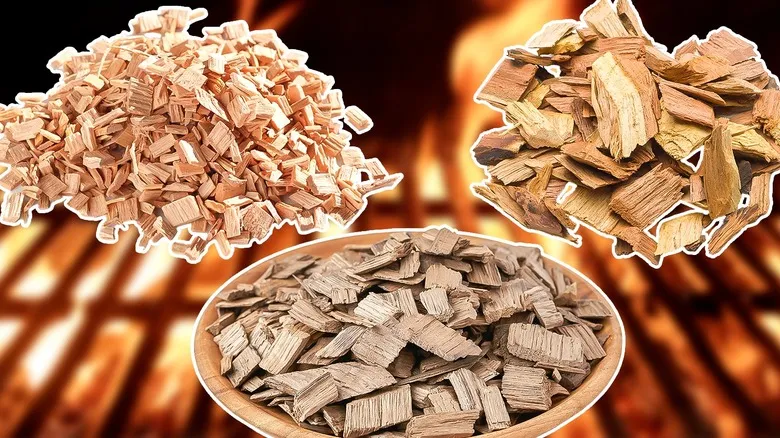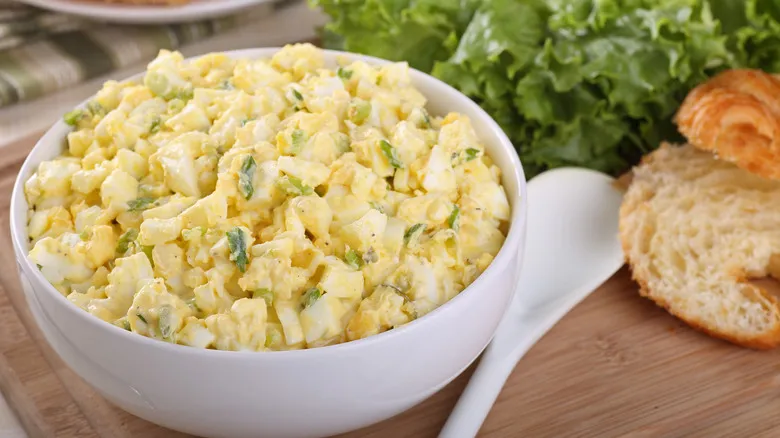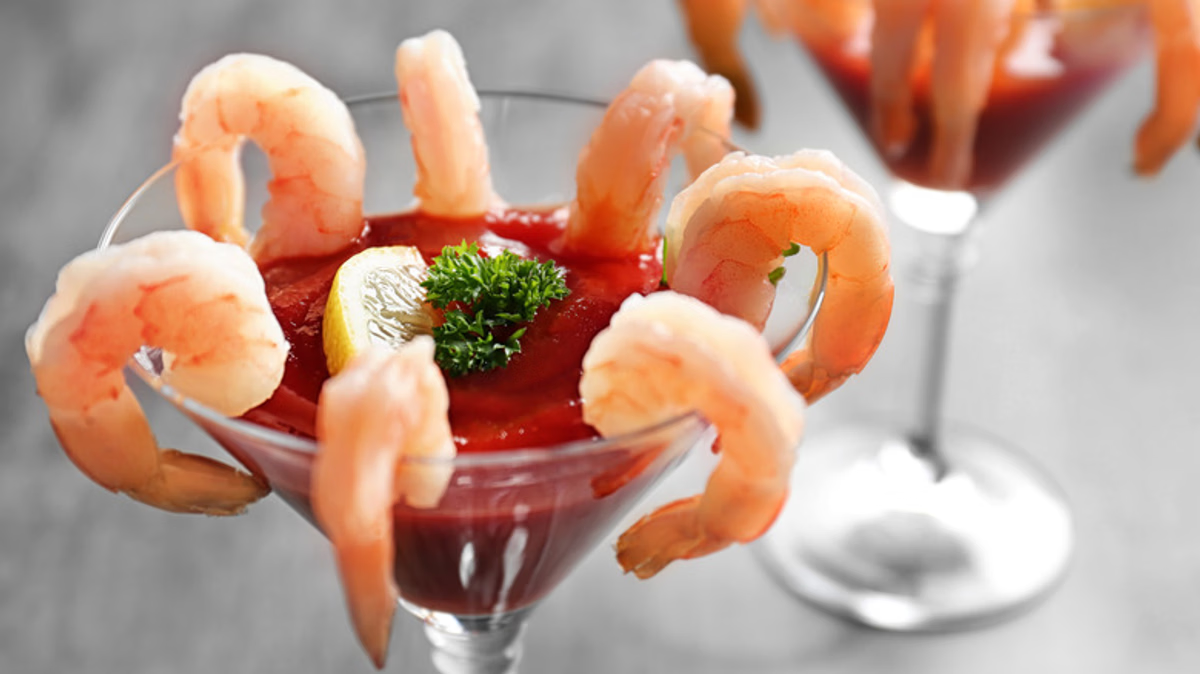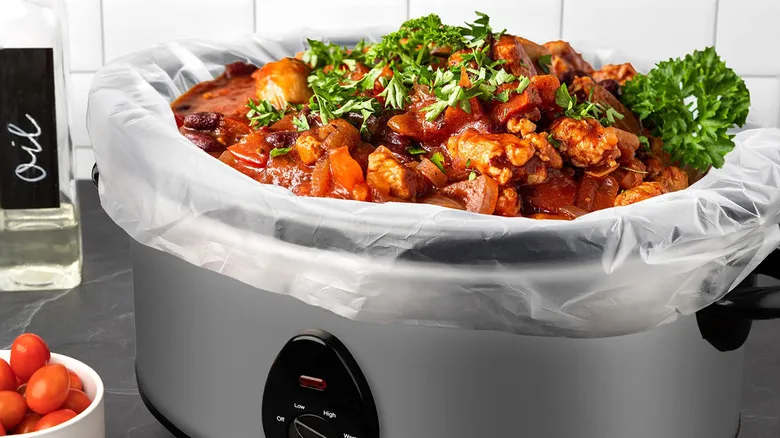Post oak
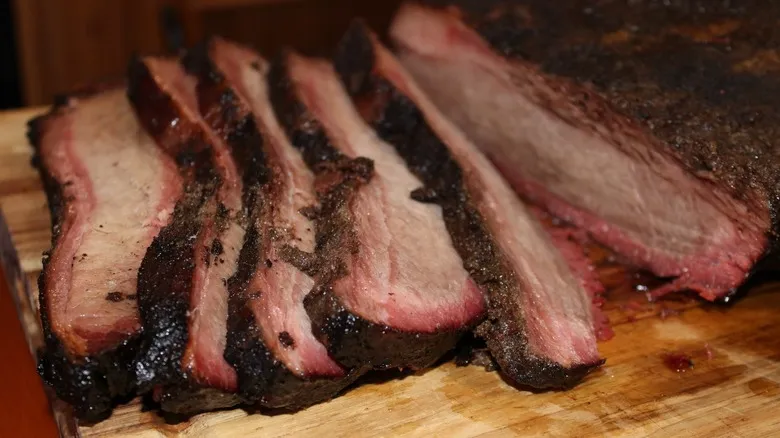
Oak is one of the most recognized woods for smoking, but as your plant enthusiast friends might point out, oak trees belong to a vast family—over 500 species can be found worldwide, with 90 native to the U.S. While they share many characteristics, they can differ significantly in various aspects, including leaf shape and habitat. Most importantly for our discussion, they also vary in how they perform on the grill or in the smoker.
Barrett Black has a clear preference. "My favorite is Texas post oak. It always has been and always will be. It’s what my great-grandfather started using in 1932, and it’s still what we use today at The Original Black's BBQ," he shared. "What I appreciate about post oak is its mild, smoky flavor that enhances rather than overwhelms the meat; it only gets better the longer it burns." He also noted its versatility, making it essential for various cooking methods. "Whether you’re searing a steak over intense heat or taking your time with a brisket, post oak is the perfect choice," he explained. For Black, post oak also brings a unique sense of place to his culinary creations. "Without Texas post oak, Texas BBQ wouldn’t be the same," he remarked.
White oak
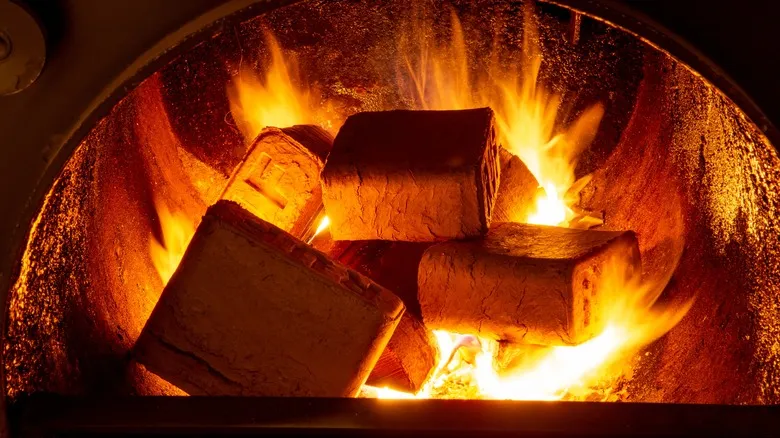
Other varieties of oak also serve as excellent wood for smoking and grilling. Leroy Hite particularly recommends white oak, stating, "It provides great heat and a subtle smoky flavor. It's a versatile wood." Other experts echoed this sentiment, highlighting oak as a valuable all-purpose wood with a pleasing taste. "Every grilling household should have this as a staple," said Erica Blaire Roby. "Oak is user-friendly and works well for both smoking and as a heat source for grilling."
Due to their density, oaks are hardwoods that burn slowly and steadily, which, along with their pleasant aroma, makes them ideal for extended smoking sessions. "When smoking a whole hog, I prefer oak because its medium flavor profile pairs perfectly with the meat," shared Jay Craddick. Tyler Fenton agrees, noting, "We chose oak for its more subtle smoke. While mesquite is excellent for grilling, we found that oak imparts a more delicate flavor during long smoking projects."
Hickory
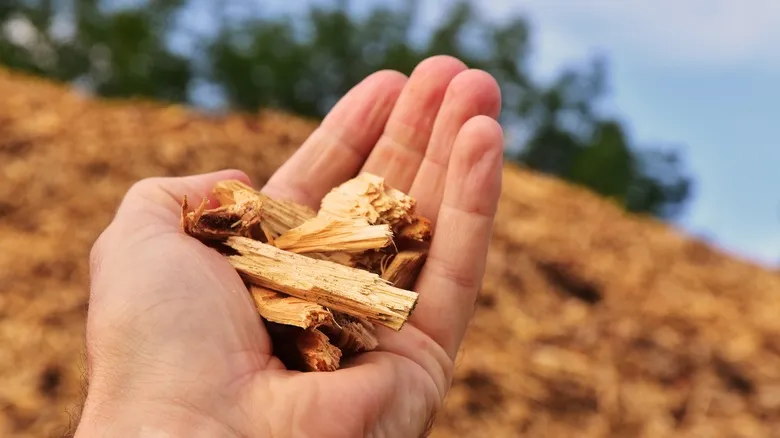
Hickory is often the first wood that comes to mind when we think about fuel for our smokers or grills, and it’s easy to see why: Many of us grew up linking it to smoke-flavored treats like barbecue-flavored potato chips, nuts, and jerky. Consequently, the scent and taste of smoked food are synonymous with hickory in our minds.
The historical decision to choose hickory as the go-to flavor for smoky snacks was likely intentional. "Hickory wood delivers a robust flavor," noted Leroy Hite. In addition to its rich taste, it’s also budget-friendly. "Hickory is not only flavorful but also economical, making it ideal for those on a tighter budget," said Erica Blaire Roby. Its intense flavor can make a significant impact even with quick-cooking meats. "Grilling usually involves higher temperatures and faster cooking, so stronger woods like hickory are a great fit," explained Jay Craddick. However, due to its bold flavor profile, it pairs best with beef and other hearty meats that can withstand its distinctive aroma.
Cherry

We adore the delightful taste and fragrance of cherries in desserts, particularly when they’re adorned with cherry-flavored whipped cream made from cherry pits, and in the occasional sweet sauce for game or poultry. Additionally, the wood from cherry trees can add a pleasing sweetness to your meals. "Cherry is the queen of flavorful smoke and rich color," stated Erica Blaire Roby. "Cherry wood is wonderfully aromatic and pairs beautifully with pork dishes and beef roasts." Barrett Black agrees, saying, "Cherry wood is one of my favorites. What’s fantastic about cherry is the mild, fruity smoke it produces, along with the color. When you smoke with cherry, it imparts a lovely reddish tint to the meat, making your barbecue as visually appealing as it is delicious."
The sweet, subtle scent of cherry wood makes it an excellent choice for more delicate proteins. "I prefer cherry and apple wood for smoking seafood, particularly lobster, as they enhance the natural sweetness without overpowering the flavor," noted Jay Craddick. However, Roby cautions that cherry's unique flavor profile may not complement every dish. "Excessive cherry wood can overshadow the savory notes of a fine cut of beef," she explained.
Pecan
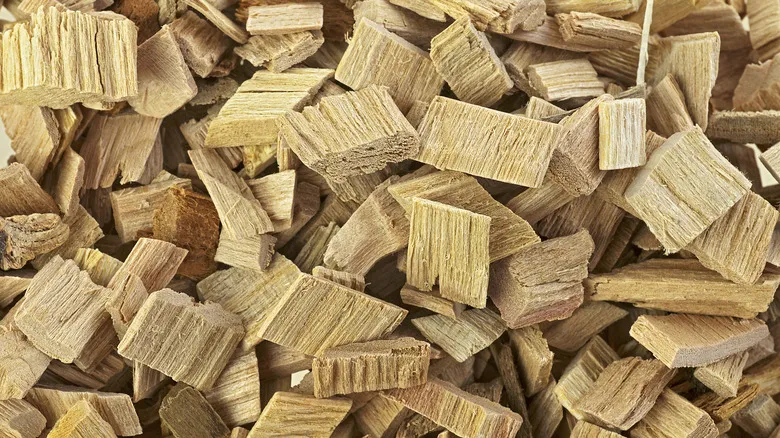
The pecan tree's nuts offer a mild, buttery taste, while its wood delivers a distinct presence in the smoker. If you're looking to infuse your meat with a strong, smoky fragrance, pecan is an excellent choice. "For thicker cuts, I lean towards hickory and pecan because of the deep, smoky flavor they provide," said Jay Craddick. Barbecue enthusiasts have noted that the taste of pecan-smoked dishes is similar to hickory but without the bitterness that hickory can sometimes impart.
In essence, pecan wood can be used in the same ways as hickory. However, Leroy Hite points out that its flavor profile allows it to blend well with other woods, adding even more complexity to the taste. "It generates incredible heat, has a subtle nutty flavor, and pairs nicely with other woods. It's a classic choice for BBQ," he remarked. When working with pecan, it's important to note that it burns quickly, which can be beneficial in certain situations but requires the pit master to pay close attention. "If you're using lighter woods like pecan or applewood, they ignite faster, but you may need to add more logs frequently to maintain a steady heat," advised Barrett Black.
Maple
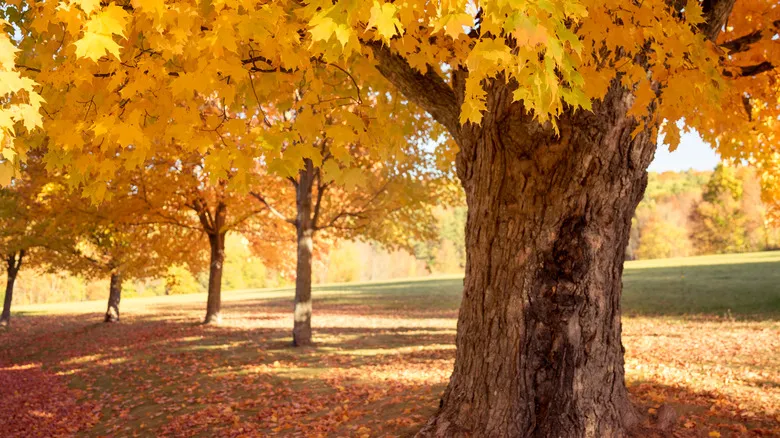
We're noticing a trend: Many trees that yield our favorite treats also provide excellent wood for smoking and grilling. One such tree is maple. The same tree that offers the delicious glaze for your grilled salmon or chicken can also infuse your dish with a sweet, smoky fragrance. "If you're looking to try something new, I recommend experimenting with maple," said Barrett Black. "It's a lighter, sweeter wood that enhances the meat without overwhelming it, and after a lengthy smoke, it leaves a subtle sweetness that's quite distinctive. Maple works beautifully with pork or chicken, where a hint of sweetness enhances the overall flavors."
Other experts share this sentiment. "Maple is a fantastic choice for lighter meats and quick grilling," noted Erica Blaire Roby. Leroy Hite also praises maple, stating it "imparts a mild, sweet flavor to dishes" and is "fantastic with poultry and lamb." However, its delicate flavor profile means it's not ideal for more robust meats and cuts. "It won't deliver a strong smoky flavor for larger cuts of meat or extended cooking times," Roby added.
Applewood

The delightful sweet-tart taste of apples is a major reason why many of us cherish the autumn season. If you enjoy incorporating apple juice into your glazes or barbecue sauces, you'll appreciate the sweet, fruity essence of applewood smoke. Not only does it enhance flavor, but as Erica Blaire Roby points out, it's also simple to use, even for those new to grilling or smoking. "Applewood is perfect for beginners," Roby noted. "Its mildness is forgiving with all types of meat."
Applewood, typically harvested from trees that are too old to produce fruit, generates aromatic smoke reminiscent of apples. Similar to the fruit, the wood is naturally sweet, containing a significant amount of sugar that caramelizes on the surfaces of grilled or smoked dishes, adding an additional flavor dimension. Roby suggests using applewood for a beginner-friendly smoked chuck roast, ideal for slicing into tacos, but it also pairs well with any meat that complements an apple glaze or garnish, such as whole chickens, pork loins, or hams.
Mesquite

For many culinary enthusiasts, the term mesquite immediately evokes thoughts of Texas barbecue. This tree is not only indigenous to Texas, making it readily available for local pitmasters, but it also embodies a bold character, much like other quintessential Texas flavors. "Mesquite burns quickly and intensely, delivering a strong, unique flavor that you’ll notice right away," explained Barrett Black. "It’s ideal for fast-cooking items like steaks, where you want that signature smoky kick without going overboard."
However, just like any strong personality, mesquite can easily dominate if not managed properly. For this reason, Black advises cooks to use it sparingly—less is often more. "Mesquite can become quite overpowering if you smoke with it for extended periods," he noted. "Using too much can lead to bitterness, and many people report it can cause heartburn. But for grilling, where you have high temperatures and short cooking times, mesquite is an excellent choice."
Acacia

Seasoned grillers and smokers, as well as adventurous food lovers, might be curious if traditional smokehouse staples like oak and hickory are the only options available. While there's nothing wrong with our beloved classics, sometimes it's refreshing to switch things up and explore new flavors.
Not all types of wood are appropriate (or even safe) for grilling or smoking, but bold cooks can discover lesser-known wood varieties that can enhance their culinary creations. This is a great opportunity to seek advice from experts. "I highly recommend our Savanna heat (acacia) wood for long and overnight cooking," said Leroy Hite. "Its density allows it to retain heat and fire for hours, and being part of the mesquite family, it adds a subtly nutty flavor to your dishes." The flavor is similar to mesquite but milder. So, if you're looking for a uniquely delicious option for your next lengthy cooking endeavor, like a richly flavored slow-smoked brisket (a great benchmark for evaluating barbecue restaurants), this is the way to go.
Grapevine cuttings
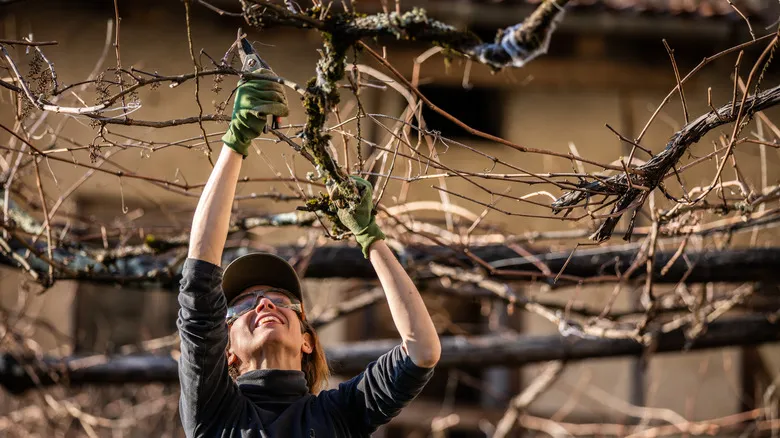
Another fruity wood that can add flavorful smoke to your next outdoor meal comes not from a tree, but from a vine. Thick, woody cuttings from grapevines create large plumes of smoke. While this smoke has a tart and pungent aroma, using grapevine cuttings in moderation can impart a mild, delicate smokiness that complements most meats.
However, due to the dense smoke produced by grapevines, their flavor can easily overpower dishes, resulting in a bitter taste. To prevent this, some chefs suggest using small amounts of grapevine cuttings alongside other types of wood for grilling or smoking. Another approach to avoid overwhelming flavors is to reserve grapevine cuttings for quick-cooking meats that don’t need extended exposure to the smoke, such as a delicious grilled chicken dish. Additionally, soaking grapevine chips in beer, wine, or tea for about 20 minutes before cooking can enhance their flavor. While not all cooks may appreciate working with such thick, strongly scented smoke, those living near grape-growing regions may find vine clippings worth experimenting with.
Bonus tips: Do's and don'ts for sourcing wood for cooking
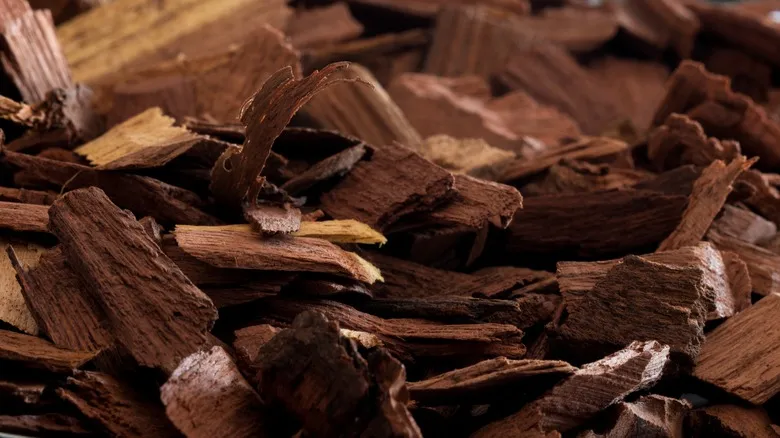
Few experiences connect us to our ancient origins quite like cooking over an open flame with real wood. However, just because our early ancestors were adept at finding wood, starting and maintaining fires, and hunting and preparing their own meals doesn't mean these tasks are straightforward for modern individuals. Contrary to popular belief, you can't simply toss any random logs or twigs into your smoker and expect to achieve good—or even palatable—results.
"If you pick up a log from the yard, it's likely to be rotting, moldy, or damp," Leroy Hite cautioned. "Wet wood must first burn off its moisture before it can produce heat, resulting in a harsh, gray smoke that will ruin the flavor of your food." Barrett Black provided further insights. "Check the weight of the wood. A solid, dense piece will feel substantial in your hands. If it feels light, hollow, or is cracking, that's a sign it's begun to decay. Rotten or brittle wood burns unevenly and can impart unpleasant, inconsistent flavors to your dishes. In contrast, a heavy log will burn longer and provide the steady, clean heat we desire."
Additionally, certain types of wood should be avoided for cooking. "Stay away from evergreens, as they are softwoods that contain a lot of resin, which can give your food a piney and bitter taste," Hite advised. "Always ensure your wood is free from pesticides or chemicals," Black warned. "The last thing you want is chemically treated wood in your barbecue pit."
Recommended

What Is The Difference Between Barbecuing And Grilling?
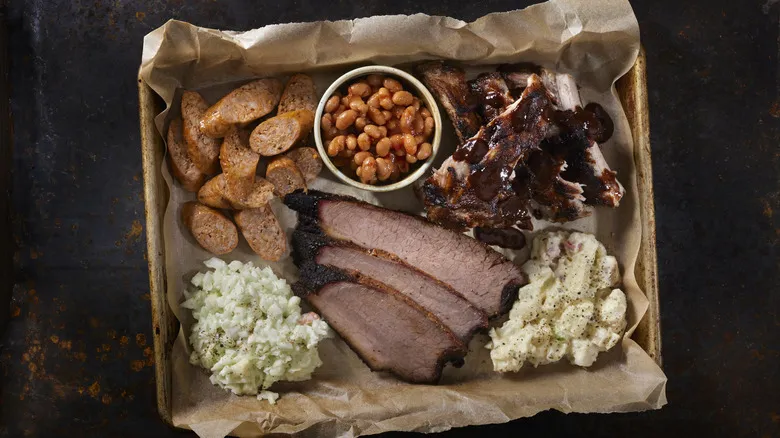
Quality Cuts Of Brisket Are Wasted On A Grill

Add Coconut Water To Your Iced Coffee For A Refreshing Upgrade
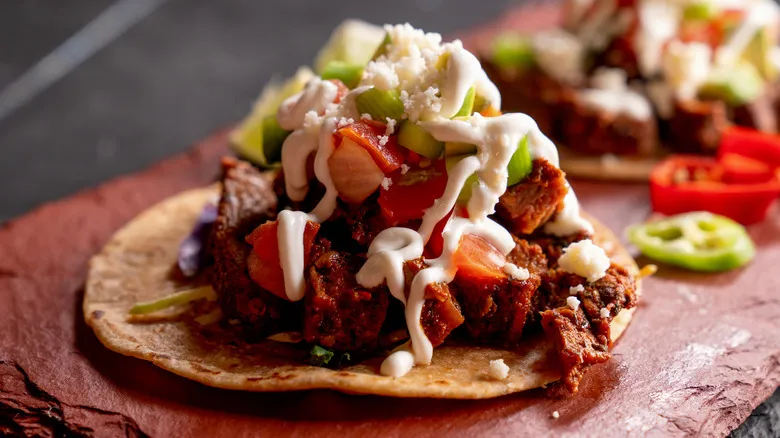
The Best Steak Cuts For Satisfying Tacos
Next up

